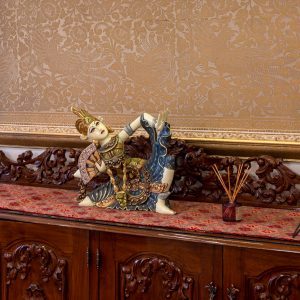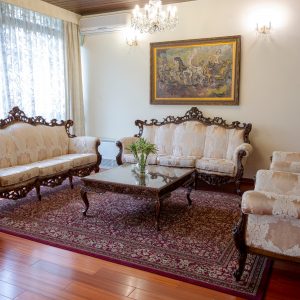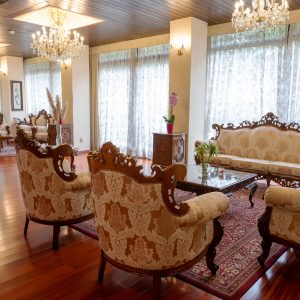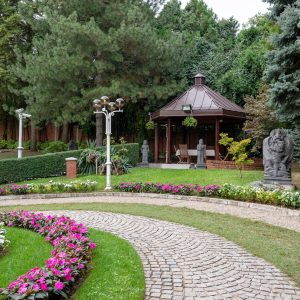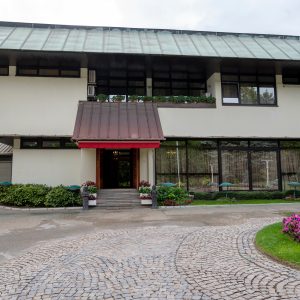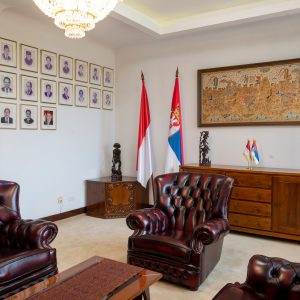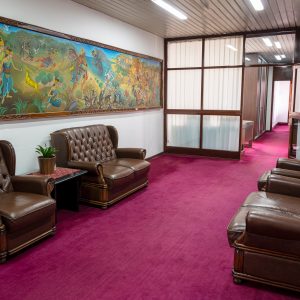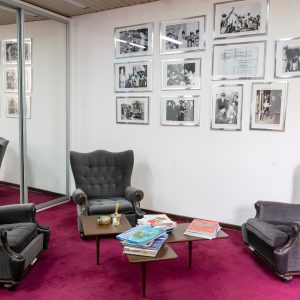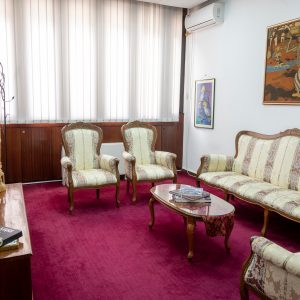The building of the Embassy and the residence of the Ambassador are among the legacies of the friendship between Indonesia’s first President H.E. Soekarno and former President of Yugoslavia H.E. Josip Broz Tito
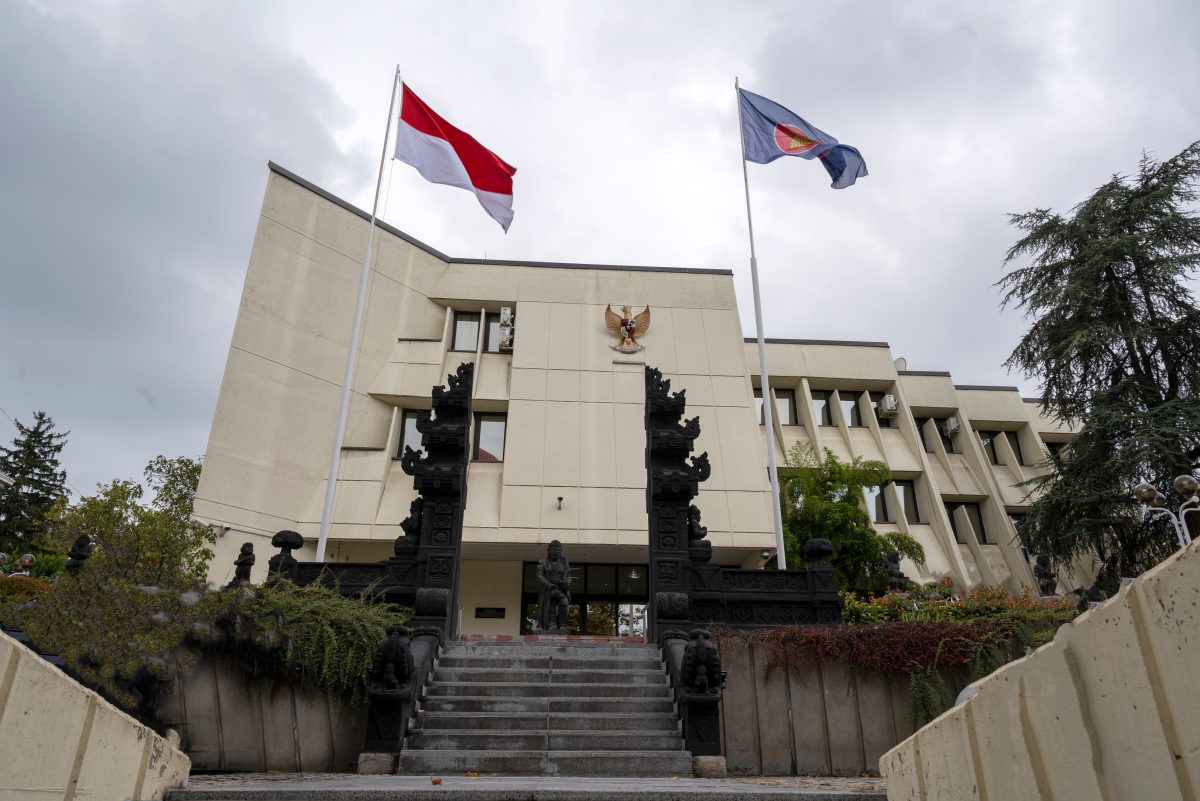
The premises of the Embassy of the Republic of Indonesia and the residence of the Ambassador are located in one of the most strategic area in Belgrade, which offers a view of half of the city. Built in 1979, the building of the Embassy and the residence of the Ambassador are among the legacies of the friendship between Indonesia’s first President H.E. Soekarno and former President of Yugoslavia H.E. Josip Broz Tito. At that time, both presidents agreed to grant each other a plot of land in their respective territory for the other to be utilized as a premise of the mission of the other’s country.
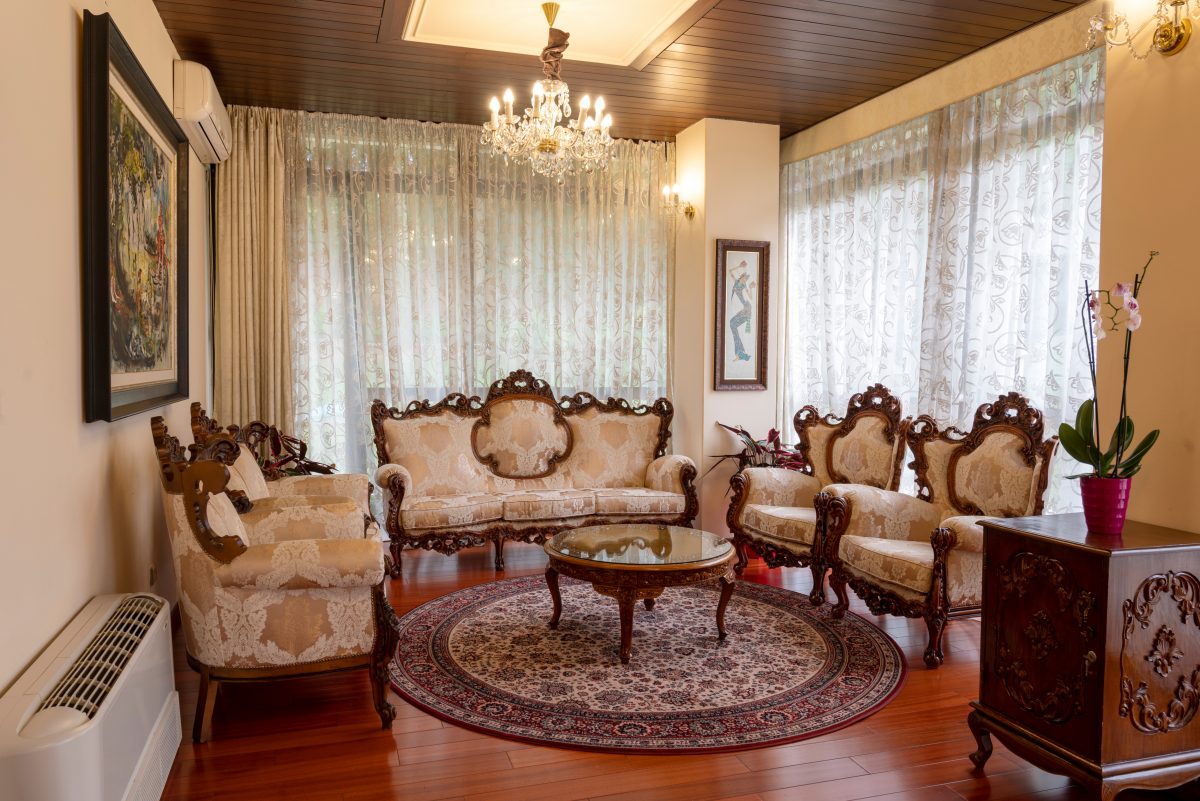
The Embassy and the residence building were designed by an Indonesian company, Gubah Laras, and a Yugoslav company, Projektanski Biro Srbije, and the realization of the project was done by the Yugoslav construction company “RAD” on 1981. A year later, the new premises of the Indonesian Embassy and the residence of the Ambassador was officially inaugurated by the former Minister of Foreign Affairs of the Republic of Indonesia, H.E. Prof. Dr Mochtar Kusumaatmadja on April 11, 1982.
“The main statue named “Bimoseno” is symbolically located in the middle and between the Gapura gateway of the Embassy”
Additionally, in 1988, traditional statues and ornaments for the outdoor area of the Embassy and residence were subsequently sent by ship from Indonesia. One of the main ornaments is “Gapura” in Candi Bentar style, a traditional Javanese and Balinese gateway entrance made of volcanic lava that are commonly found at the main entrance of religious compounds, palaces or important institutions in Indonesia. Beside the “Gapura”, there are also 12 traditional Javanese statues made of volcanic lava as the symbols of the guardians of the embassy building and residence made of lava from Indonesian volcanoes. The main statue named “Bimoseno” is symbolically located in the middle and between the Gapura gateway of the Embassy. Bimoseno is a protagonist in the epic of Mahabharata, a warrior who were famous for being brave, steadfast, strong, obedient, honest, and considers everyone to be equal. The placement of traditional statues is also an old Indonesian custom at many important sights in Indonesia that could be found also in several premises of Indonesian Embassies abroad.
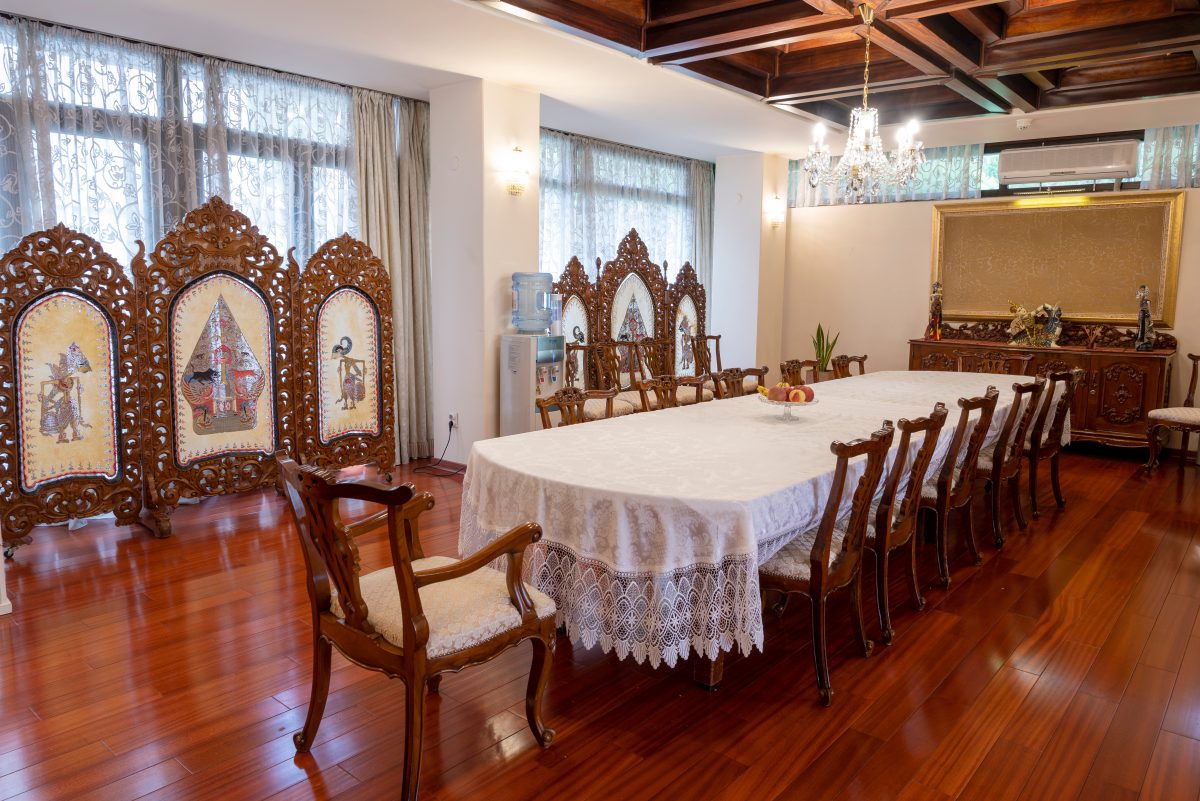
The spacious residence of the Ambassador is decorated in a traditional Indonesian style, with an abundance of unusual handmade traditional sculptures while the walls decorated with valuable paintings by famous Indonesian painters, such as expressionist painter Affandi, the most famous Indonesian painter in the 90’s, who were known for his using unique painting technique and who also later became an Honorary professor in painting in Ohio State University, USA. Beside the paintings, there is also a large handmade teak woodcut in the dining room of the residence which describes the famous Java War or Diponegoro War during the struggle for the independence against colonial Dutch empire led by an Indonesian national hero in Central Java.
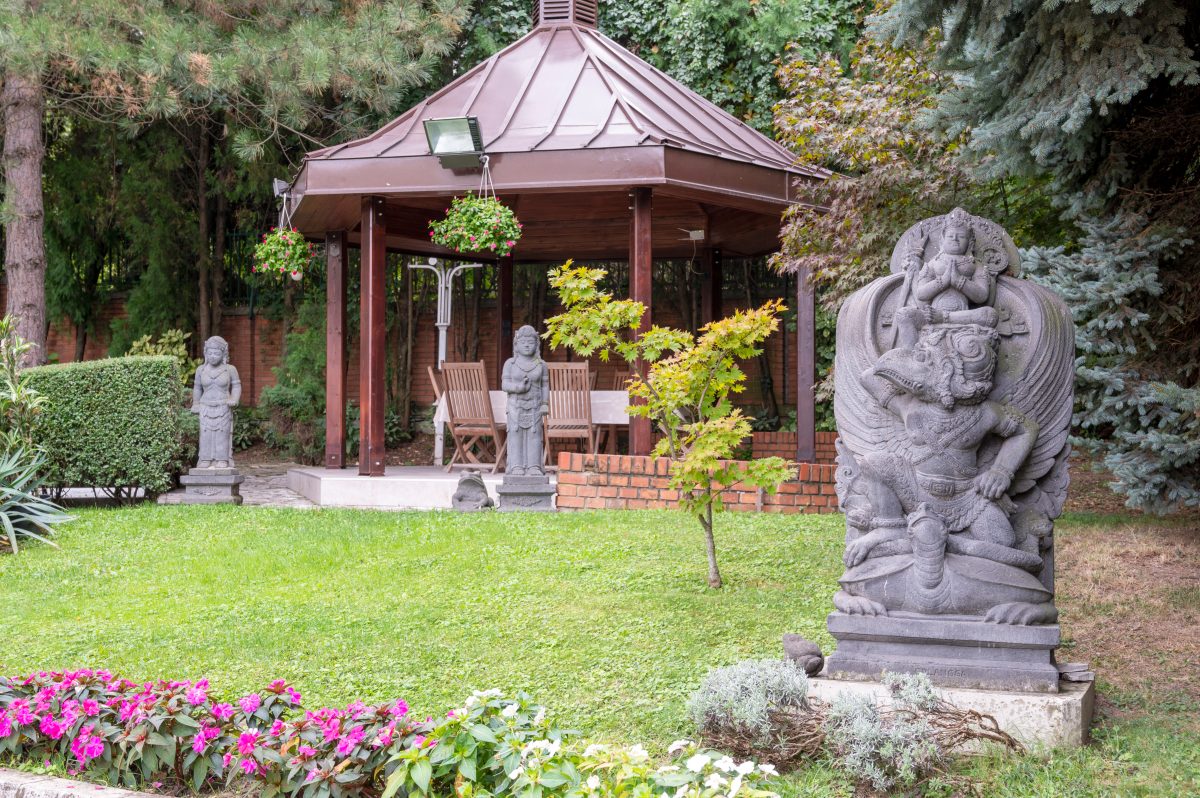
Since the official establishment of the diplomatic relations between Yugoslavia and Indonesia in 1954 until now, there have been 18 (eighteen) ambassadors designated as the Head of Mission at Indonesian Embassy in Belgrade. Since 1982, the premises of the Indonesian Embassy and the residence of the Ambassador were the venue of many important high official visits as well as events, such as the visit of the former Indonesian President, H.E. Mr. Soeharno, during the 9th Summit Conference of Heads of State or Government of the Non-Aligned Movement in Belgrade, as well as many other highest officials of the Indonesian and Serbian government. The yard of the Ambassador’s residence has also been occasionally used to hold various national ceremonies. Among the most significant of these ceremonies is the flag ceremony during the Indonesian Independence Day which is celebrated every 17 August. The ceremony is usually attended by Indonesian citizens, diaspora and friends of Indonesia in Serbia.
